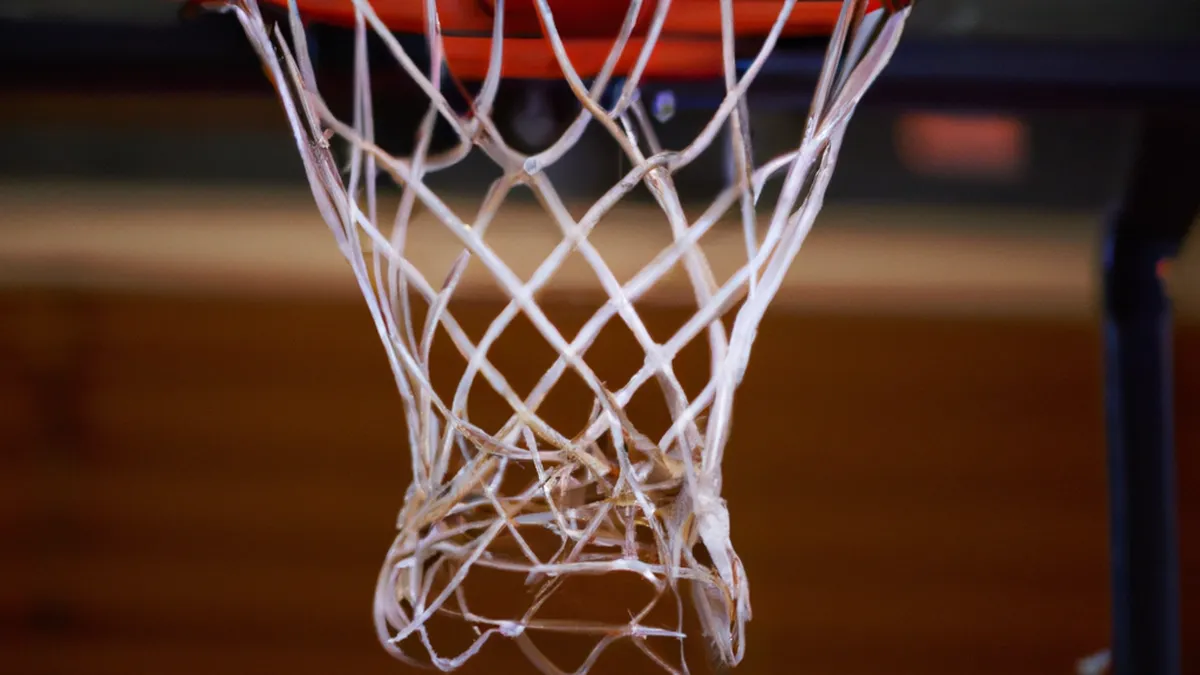Youth Athlete Engagement: 5 Key Strategies
Effective Communication Strategies for Coaching Youth AthletesCoaching youth athletes involves effective communication that inspires, motivates, and builds trust. Coaches must convey messages clearly. They should also listen actively to their young athletes. This blog explores communication strategies for coaching youth athletes. These strategies create a positive environment for growth and development.
As an Amazon Associate I earn from qualifying purchases.
Gear tip: consider kids jump rope, mini hurdles, and agility rings to support this topic.
Understand Your Audience
Effective communication starts with understanding your athletes. Each young athlete has a unique personality and learning style. Some respond well to direct feedback; others prefer a gentle approach. Take time to know your athletes. Spend time talking to them about their interests and goals. This knowledge helps you tailor your communication.
Use Age-Appropriate Language
Use language that resonates with youth. Avoid jargon and complex terms. Instead, choose simple and clear language. For example, say, “Let’s work on your form to run faster,” instead of, “You need to improve your biomechanics.” This approach helps young athletes understand your message.
Encourage Open Dialogue
Create a safe space for open dialogue. Encourage athletes to ask questions and express thoughts. When they feel comfortable, they engage fully. Use prompts like, “What do you think?” or “How do you feel about that?” Actively listen to their responses. Acknowledging their thoughts fosters trust and respect.
Use Positive Reinforcement
Positive reinforcement builds confidence in young athletes. Recognize their efforts and achievements, no matter how small. Highlight what they did well, not just mistakes. Use specific praise, such as, “Great job on that pass!” This technique motivates them to improve and feel valued.
Provide Constructive Feedback
Constructive feedback is equally important. Focus on the behavior, not the athlete. Use “I” statements to express observations. For example, say, “I noticed you hesitated before shooting,” instead of, “You missed the shot because you were scared.” This approach helps athletes see feedback as a growth tool.
Set Clear Expectations
Setting clear expectations helps athletes understand your goals. Outline objectives for practices and games. Ensure they know what success looks like. Use visuals or demonstrations to illustrate your points. This clarity reduces confusion and builds accountability.
Foster Team Communication
Team communication creates a cohesive unit. Encourage athletes to communicate with each other. Teach them how to give and receive feedback. Use team-building exercises to strengthen relationships. For example, have them pair up and share their goals. This activity promotes understanding and collaboration.
Utilize Technology
Technology can enhance communication. Use tools like group messaging apps or video analysis software. These tools allow you to share important updates quickly and help athletes review performances. Ensure that technology does not replace face-to-face communication. Balance digital methods with personal interactions for the best results.
Be Approachable
Being approachable as a coach is crucial. Make it clear you support your athletes. Smile, maintain eye contact, and use open body language. These non-verbal cues create a welcoming atmosphere. Encourage athletes to approach you with concerns. When they feel comfortable, it strengthens your relationship.
Benefits of Effective Communication
Effective communication strategies lead to numerous benefits. First, they enhance athlete engagement. When athletes understand the message, they participate actively. Second, they build trust between you and your athletes. Trust fosters a safe environment for expression. Third, effective communication boosts performance. Supported athletes are more likely to excel.Moreover, strong communication skills benefit athletes beyond sports. They learn essential life skills such as teamwork and resilience. These skills are valuable in school and future careers. By focusing on communication, coaches help develop well-rounded individuals.
Conclusion
Effective communication strategies are vital for coaching youth athletes. Understanding your audience, using age-appropriate language, and encouraging open dialogue are key components. Additionally, positive reinforcement, constructive feedback, and clear expectations foster growth. By promoting team communication and being approachable, you create a supportive environment. The benefits of these strategies extend beyond sports, equipping young athletes with valuable life skills. Implement these techniques to inspire and empower the next generation of athletes.
Below are related products based on this post:
FAQ
What are effective communication strategies for coaching youth athletes?
Effective communication strategies include understanding your audience, using age-appropriate language, and encouraging open dialogue. Additionally, employing positive reinforcement and providing constructive feedback are essential. These techniques foster a supportive environment that promotes growth and development.
How can coaches create a positive environment for young athletes?
Coaches can create a positive environment by being approachable and using non-verbal cues like smiling and maintaining eye contact. Encouraging open dialogue and fostering team communication also contributes to a cohesive atmosphere. This helps athletes feel valued and supported, enhancing their overall experience.
What are the benefits of effective communication in youth sports?
Effective communication enhances athlete engagement, builds trust, and boosts performance. When athletes understand messages clearly, they are more likely to participate actively. Additionally, strong communication skills help athletes develop essential life skills, such as teamwork and resilience, which are valuable beyond sports.















Post Comment